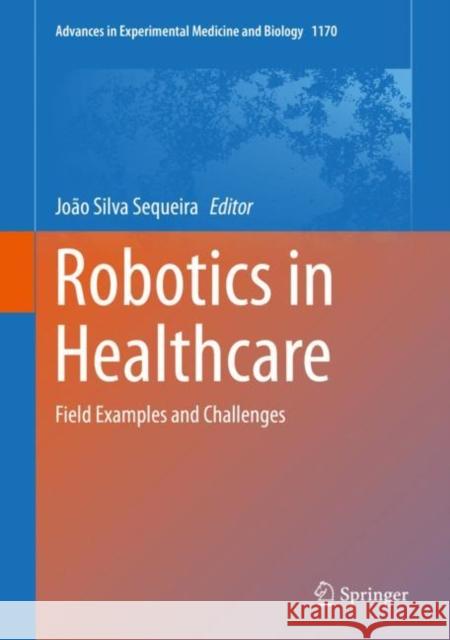Robotics in Healthcare: Field Examples and Challenges » książka
topmenu
Robotics in Healthcare: Field Examples and Challenges
ISBN-13: 9783030242299 / Angielski / Twarda / 2020 / 128 str.
Kategorie BISAC:
Wydawca:
Springer
Seria wydawnicza:
Język:
Angielski
ISBN-13:
9783030242299
Rok wydania:
2020
Wydanie:
2019
Numer serii:
000253056
Ilość stron:
128
Waga:
0.50 kg
Wymiary:
25.91 x 19.56 x 1.02
Oprawa:
Twarda
Wolumenów:
01











